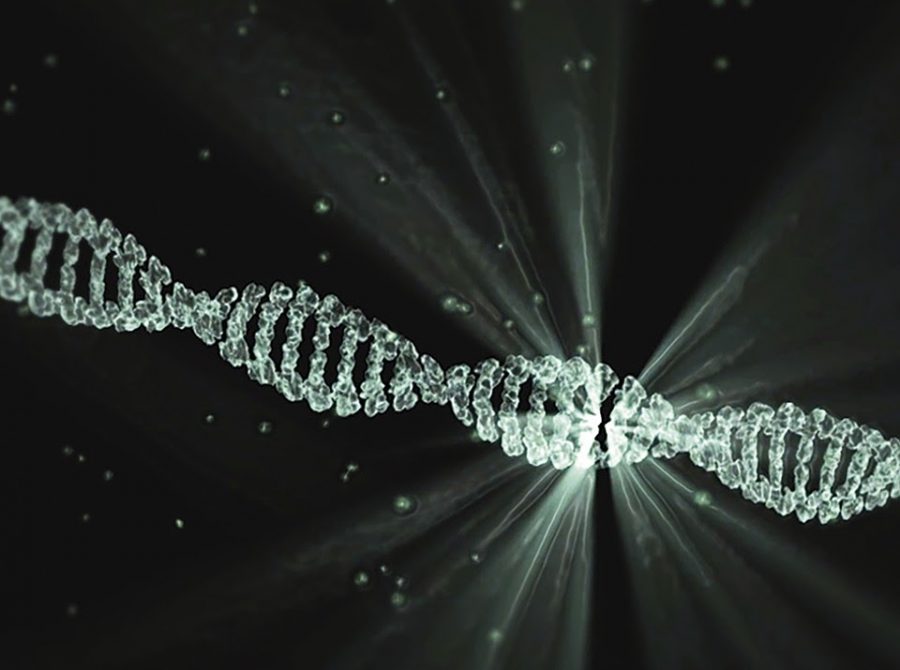CRISPR and Women’s Representation in STEM: 2020 Chemistry Nobel Prize
On October 7, 2020, The Royal Swedish Academy of Sciences awarded the Nobel Prize for chemistry to Dr. Jennifer Doudna and Dr. Emmanuelle Charpentier for spearheading the CRISPR-Cas system of genome editing.
While Doudna and Charpentier felt shocked by the announcement, other scientists were less surprised.
CRISPR can be used as a revolutionary tool, showing potential in various applications including agriculture, medicine, and even manufacturing, and how Doudna and Charpentier made a monumental contribution to further CRISPR research.
CRISPR has revolutionized and paved the way for the modern biotechnological field due to its efficiency, speed, low cost, and accuracy. It was first observed in vivo in the immune systems of bacteria, to combat viruses through explicit DNA or RNA splicing and mending to render the virus harmless.
In fact, most of the advancements in biotechnology are inspired by the war between viruses and bacteria. Therefore, our attempts at replicating these techniques will allow us to cure and repress many of the prominent diseases and ailments today.
While the origin of the technology of CRISPR did not stem solely from Emmanuel Charpentier, in her studies of Streptococcus pyogenes, she discovered a previously unknown molecule in the bacteria: tracrRNA. The molecule is vital in CRISPR gene editing.
In the same year that she published her discovery in 2011, she started to collaborate with Jennifer Doudna, a biochemist from the University of California. In collaboration, they were able to create their own RNA that fulfilled the purpose of tracrRNA, which allowed them to reprogram the “genetic scissors” to cut any DNA molecule at any given site.
The specific development of CRISPR has already been used in laboratories all around the world since the previous decade and has served as one of the most significant breakthroughs in modern biotechnology, opening gateways in GMOs, genetic models, and experimental human therapies.
As reprogrammed genetic scissors, CRISPR has improved the precision and accuracy of fields and objects that require genetic modification and paved ways for more directed experimentation due to its accuracy allowing for less risk of harm in subjects or less random errors.
In addition to the aforementioned agricultural applications, clinical trials are already underway to try to use CRISPR to treat sickle cell anemia, hereditary blindness, and cancer. Gene-editing techniques like CRISPR could eradicate infectious diseases; CRISPR was used on mosquitoes, targeting the female reproduction of the mosquitoes that transmit malaria.
However, there could be severe, unseen ecological consequences from eliminating an entire species, and the impact of CRISPR in its application could extend further than it’s first perceived. Regardless, CRISPR is a very versatile tool and scientists are still scraping at the surface of its potential.
The first Nobel Prize to be awarded to a team of two women brings new excitement in the scientific world and the award is well deserved for the versatility that CRISPR has.
The recognition of the award went to Doudna and Charpentier, but without the discoveries made by Jin-Soo Kim, a genome engineer at the Institute for Basic Science in Daejeon, South Korea, biochemist Dana Carroll at the University of Utah, and many others, CRISPR would not have been used in gene-editing that the world sees today.

Ray has been part of The Harriton Banner since his sophomore year and is excited to be back for his second year. Outside of being a Business writer, Ray...



